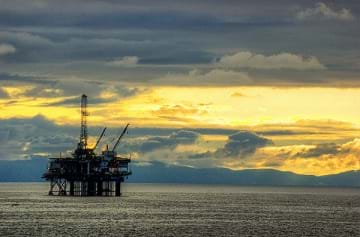
Summary
Fossil fuels powered the Industrial Revolution, and the use of coal, petroleum, and natural gas has extensive and long-term impacts on the environment and society. This unit investigates fossil fuels as a non-renewable energy source. Students build an understanding of what fossil fuels are, where they are sourced, and how humans use them for energy through lessons and associated activities.Engineering Connection
Mechanical engineers in the energy industry design power plants, which are powered by a variety of energy sources, including natural gas and coal. Renewable energy engineers are seeking alternative energy sources to provide abundant and affordable "clean" energy to sustain our energy needs and reduce our dependence on limited fossil fuel resources, which have consequences on human health and the natural environment when burned for energy.
Subscribe
Get the inside scoop on all things TeachEngineering such as new site features, curriculum updates, video releases, and more by signing up for our newsletter!Unit Schedule
Suggested activity order:
More Curriculum Like This

Students learn and discuss the advantages and disadvantages of renewable and non-renewable energy sources. They also learn about our nation's electric power grid and what it means for a residential home to be "off the grid."

In this lesson, students identify the Earth's natural resources and classify them as renewable or non-renewable. They simulate the distribution of resources and discuss the fairness and effectiveness of the distribution.

Students are introduced to the concept of energy cycles by learning about the carbon cycle. They learn how carbon atoms travel through the geological (ancient) carbon cycle and the biological/physical carbon cycle.
Copyright
© 2020 by Regents of the University of ColoradoLast modified: December 2, 2020




User Comments & Tips